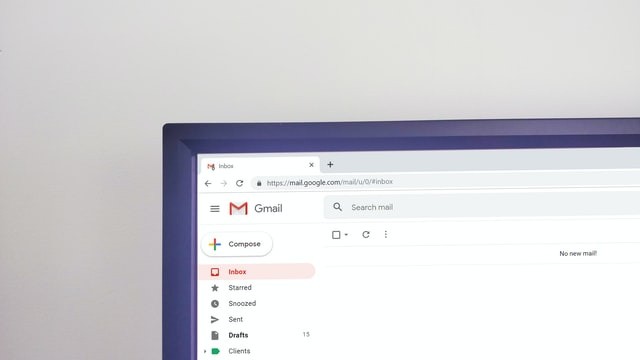A hacker who tried to sell 773 million stolen email addresses was caught by Ukraine. According to Engadget's latest report, the Security Service of Ukraine (SSU) detained the hacker called "Sanix" today, May 19.
The report stated that a database with 773 million email addresses and 21 million unique passwords were hacked by Sanix and were almost sold last year. It was clarified that the 87-gigabyte database was only a fraction of the stolen data the hacker collected, as stated by the officials.
Also Read: [HACKERS] Millions of Americans' Stolen Identities Used for Massive Unemployment Benefit Scam

He was allegedly accused of having seven similar databases that contain financial and personal data from the people in North America and the European Union.
Bank card PIN codes, email passwords, cryptocurrencies, e-wallets, PayPal accounts, and information about computers hacked for DDoS attacks and botnets were included in the breached database.
Hacker caught by Ukraine's Security Service trying to sell 773 million stolen email addresses and 21 million unique passwords: Google Chrome develops more intuitive privacy and security controls
According to Engadget, the data hacked by Sanix was collected years ago and was a compilation of compromised credentials which are mostly stolen from public breaches. However, Sanix was allegedly selling a compromised VPN account for the government of San Bernardino, California, and tried to sell access to different universities.

The report said that the incident should be a reminder that a massive amount of personal data and information floating around on the internet can easily be breached by hackers like Sanix.
Meanwhile, Google Chrome will have more intuitive security and privacy controls that could help in preventing hackers breach essential data and information.
According to another report by Engadget, wading through menus, such as managing cookies, is required to complete common security tasks in Chrome, but it could leave to vulnerabilities since individuals may perform the needed actions in a clumsy way.

To address this issue, a redesigned desktop settings will be rolled out by Chrome. The "Site Settings" page of Chrome will be reconstructed, regrouping the security and privacy controls into two sections to make it easier for users to find the most sensitive website permissions, such as access to an individual's microphone, camera, and even location.
"You Google," which allows an individual to choose which data to be stored in their Google accounts, will be located at the top of the Site Settings page. The new setup will be available across devices. Chrome will also block third-party cookies by default which will make it easier for the users to manage cookies, even in Incognito mode.
Also Read: These Smart Speaker Add-Ons Can Intensify Your Privacy as it Stops Alexa From Spying on You
ⓒ 2025 TECHTIMES.com All rights reserved. Do not reproduce without permission.




